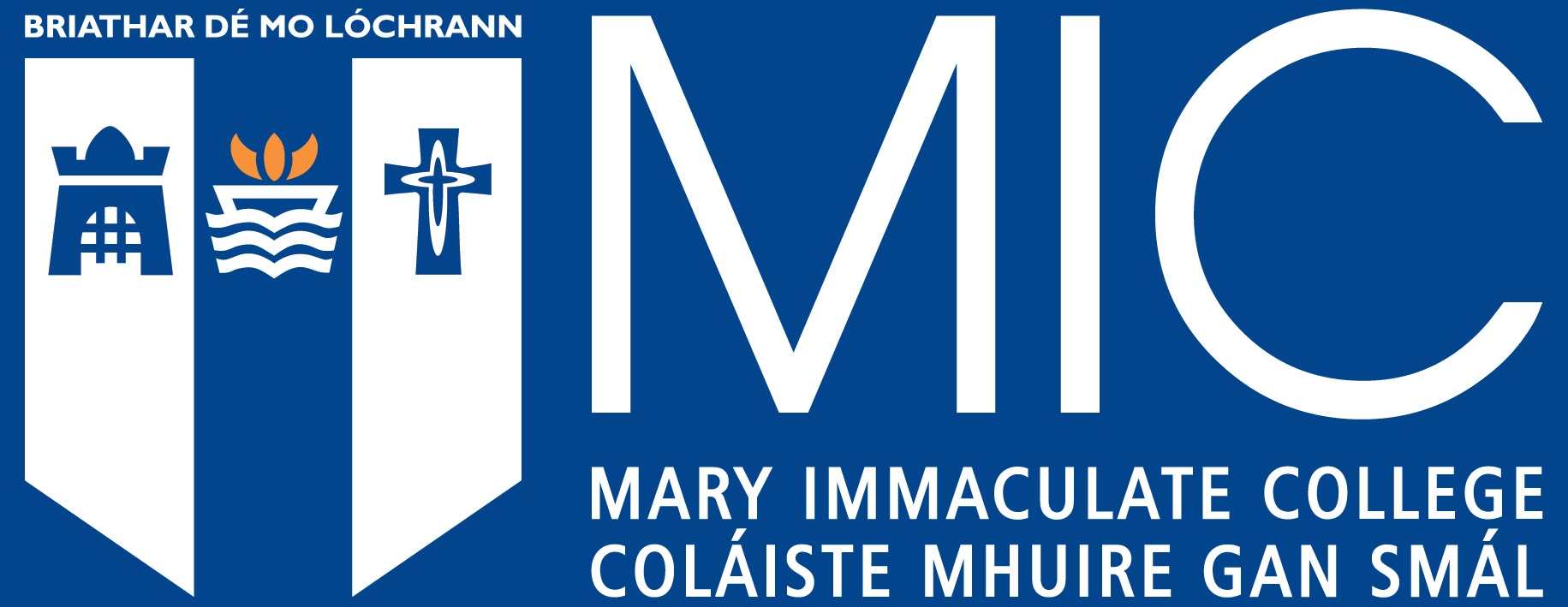The afterlives of Galway jail, "difficult" heritage, and the Maamtrasna Murders: representations of an Irish urban space, 1882-2018 (Pre published)
Loading...
Date
Authors
Journal Title
Journal ISSN
Volume Title
Publisher
Cambridge University Press
Abstract
This article explores the spatial history and ‘afterlives’ of Galway jail, where an innocent man, Myles Joyce, was executed in 1882 following his conviction for the Maamtrasna murders; in 2018 he was formally pardoned by President Michael D. Higgins. The article traces how the political and cultural meanings of this incident were instrumentalised in the building of Ireland's last Catholic cathedral on the site of the former Galway jail. It analyses how the site was depicted – in different ways and at different moments – as one of justice, of injustice, of triumph, and of redemption. It investigates how these different legacies were instrumentalised – or at times ignored – by Irish nationalists and later by the Catholic bishop of Galway, Michael Browne. It uses Joyce's execution to explore the site's legacy, an incident that at times dominated its representations but at other moments faded from prominence. The article situates the former jail site within theoretical writings on memorialisation, ‘difficult’ heritage, and studies of architectural demolition, while also commenting on mid twentieth-century Irish Catholic politics and culture.
Description
Citation
Butler, R. (2020) 'The afterlives of Galway jail, "difficult" heritage, and the Maamtrasna Murders: representations of an Irish urban space, 1882-2018', Irish Historical Studies, 44(166), 295-325.

